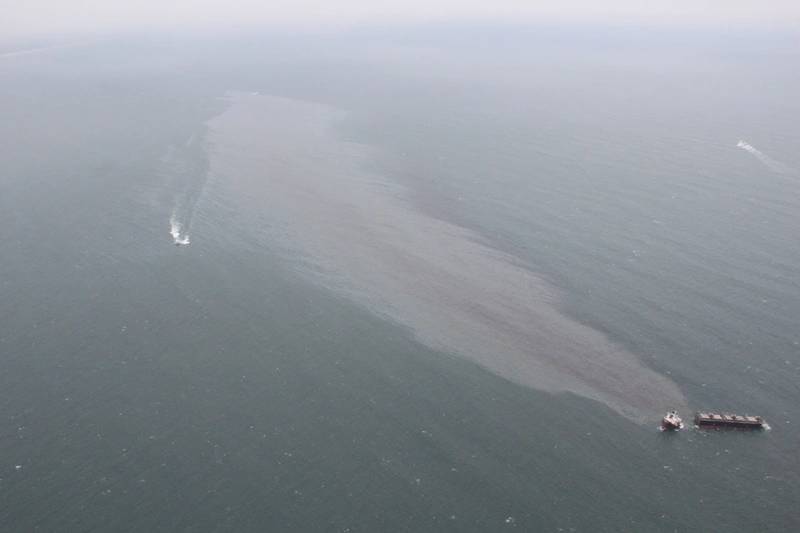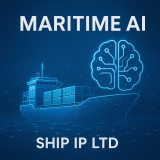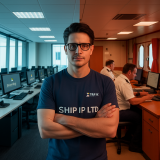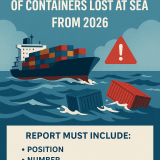Caledonian Maritime Assets Limited has appointed ferry design consultancy Navalue to lead the concept design of its Small Vessel Replacement Programme.
Navalue will provide consultancy services for the concept design stage of the programme, which will see several small vehicle and passenger vessels replaced on the Clyde and Hebrides Ferry Services network.
CMAL and Navalue will investigate and evaluate the feasibility of designing low emission ferries to be in line with the Scottish Government climate change commitments. The Emissions Reduction Targets (Scotland) Act 2019 states a 2030 target to deliver a reduction of 75% of all harmful emissions, and an ambition to achieve net-zero emissions by 2045.
Studies and design experience will be drawn on to explore the latest offshore charging technologies and identify onboard electrical energy storage systems, capable of being recharged from shore side electrical power supplies.
Jim Anderson, Director of Vessels of CMAL said: “CMAL led the way in low emission small ferries when we designed the world’s first hybrid sea-going ferries, with three hybrid vessels currently in operation on the network.
“Our aim is to ensure the next generation of small vessels is as environmentally friendly as possible by adopting further advances in battery technology and electrifying our fleet. Navalue will provide insight and expert knowledge as we embark on our highly ambitious and much-needed vessel renewal programme.”
Thomas Ritte, Partner at Navalue said: “Navalue is strongly committed to providing innovative, reliable and efficient ship design solutions for sustainable shipping. We are pleased to bring our experience in developing zero-emission transportation solutions to the CMAL small vessel replacement programme and look forward to working with CMAL in their goal towards lower emission vessels.”
The SVRP will include robust engagement with relevant stakeholders and communities to provide updates and ensure the needs of users are reflected where practical and affordable in the design and construction phases. A future phase two of the SVRP will replace vessels to serve the Sound of Barra, Sound of Harris and Sound of Iona routes; however, during phase one CMAL will investigate a vessel design that complies with changed regulatory requirements for the Sound of Iona.
By Jake Frith
SOURCE READ THE FULL ARTICLE
https://www.maritimejournal.com/news101/vessel-build-and-maintenance/ship-and-boatbuilding/design-consultant-for-new-low-emission-ferries






